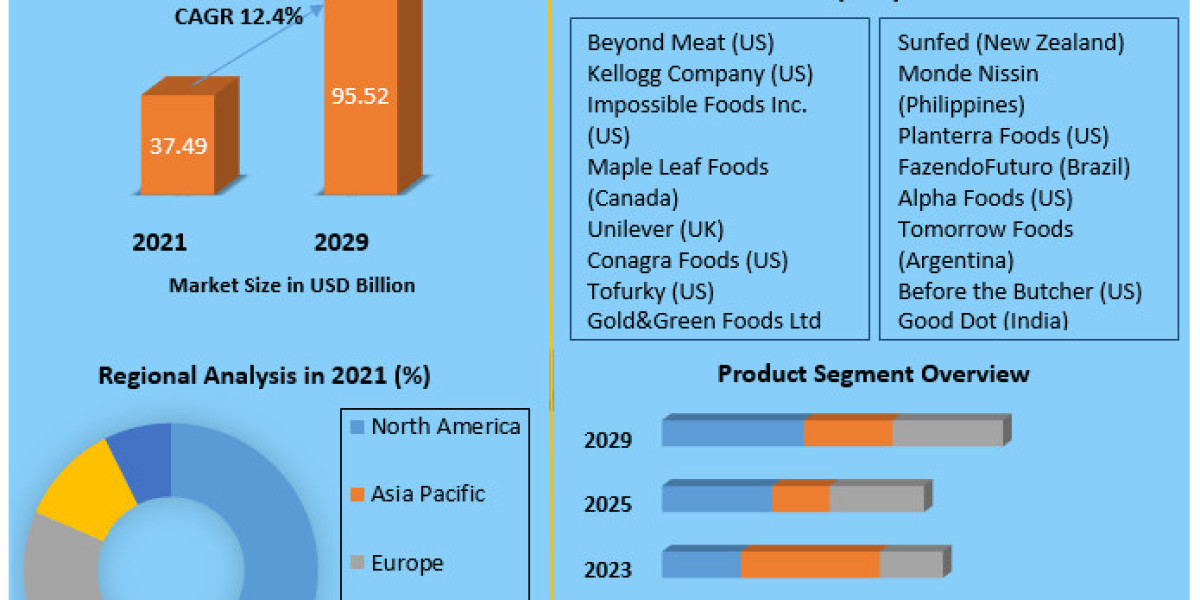The global digital workplace market was valued at USD 48.81 billion in 2024 and is projected to expand at a compound annual growth rate (CAGR) of 22.8% from 2025 to 2030. The market growth is largely driven by increasing digitalization, the rising demand for desktop-as-a-service (DaaS), and the growing adoption of remote and hybrid work models. The COVID-19 pandemic accelerated the shift toward flexible work environments, prompting organizations to invest in digital workplace solutions that facilitate smooth collaboration and communication, regardless of physical location. This trend endures as companies recognize the long-term advantages of flexible work structures.
In addition, the digital workplace market is witnessing heightened demand for employee experience platforms as businesses increasingly focus on employee engagement and retention. These platforms—often featuring unified communication tools, self-service portals, and personalized interfaces—are designed to enhance the user experience by simplifying workflows and minimizing employee frustrations. By improving access to tools and information, these solutions not only raise employee satisfaction but also play a pivotal role in talent management strategies, supporting a more motivated and productive workforce. As companies recognize the positive link between employee experience and retention, the adoption of these platforms is becoming crucial for maintaining a competitive edge.
Gather more insights about the market drivers, restrains and growth of the Global Digital Workplace Market
Advances in cloud computing, artificial intelligence (AI), and machine learning (ML) are driving improvements in digital workplace tools, making them increasingly efficient and capable. AI-powered virtual assistants and automation of routine tasks help increase productivity and streamline processes, significantly lowering operational costs. Additionally, cloud-based solutions provide seamless scalability, allowing businesses to adapt as their needs evolve. These advanced technologies enhance flexibility and accessibility, making digital workplace solutions more attractive for organizations of all sizes, thereby accelerating adoption and driving improved performance across industries.
The rising emphasis on cybersecurity in remote work environments is further increasing demand for secure digital workplace solutions. With the expansion of endpoints and data access points, organizations are prioritizing the protection of sensitive information through robust security measures such as identity and access management, advanced encryption, and secure collaboration tools. These measures not only guard critical data against cyber threats but also ensure compliance with evolving regulations. As remote and hybrid work models become more common, investing in comprehensive cybersecurity solutions is essential for maintaining operational continuity and organizational trust.
End-use Insights
The IT & telecommunications segment held the largest revenue share, over 22.0%, in 2024 due to the growing need for secure and scalable communication infrastructure. With the increased reliance on digital communication channels, IT and telecom companies are prioritizing secure digital workplace solutions that offer strong data protection and privacy. As these industries handle large volumes of sensitive customer information, there is a critical need for secure collaboration tools, encrypted communication, and identity management systems. This focus on cybersecurity is driving the adoption of advanced digital workplace platforms in this sector.
The manufacturing sector is expected to grow at a notable CAGR over the forecast period. The integration of Internet of Things (IoT) technologies in manufacturing is a key factor driving digital workplace adoption in the sector. IoT devices gather vast amounts of data from machinery and equipment, providing insights that improve performance and maintenance scheduling. By integrating IoT data with digital workplace solutions, manufacturers can establish a connected ecosystem that promotes collaboration across departments, enhances predictive maintenance capabilities, and ultimately results in reduced downtime and increased operational efficiency.
Order a free sample PDF of the Digital Workplace Market Intelligence Study, published by Grand View Research.














